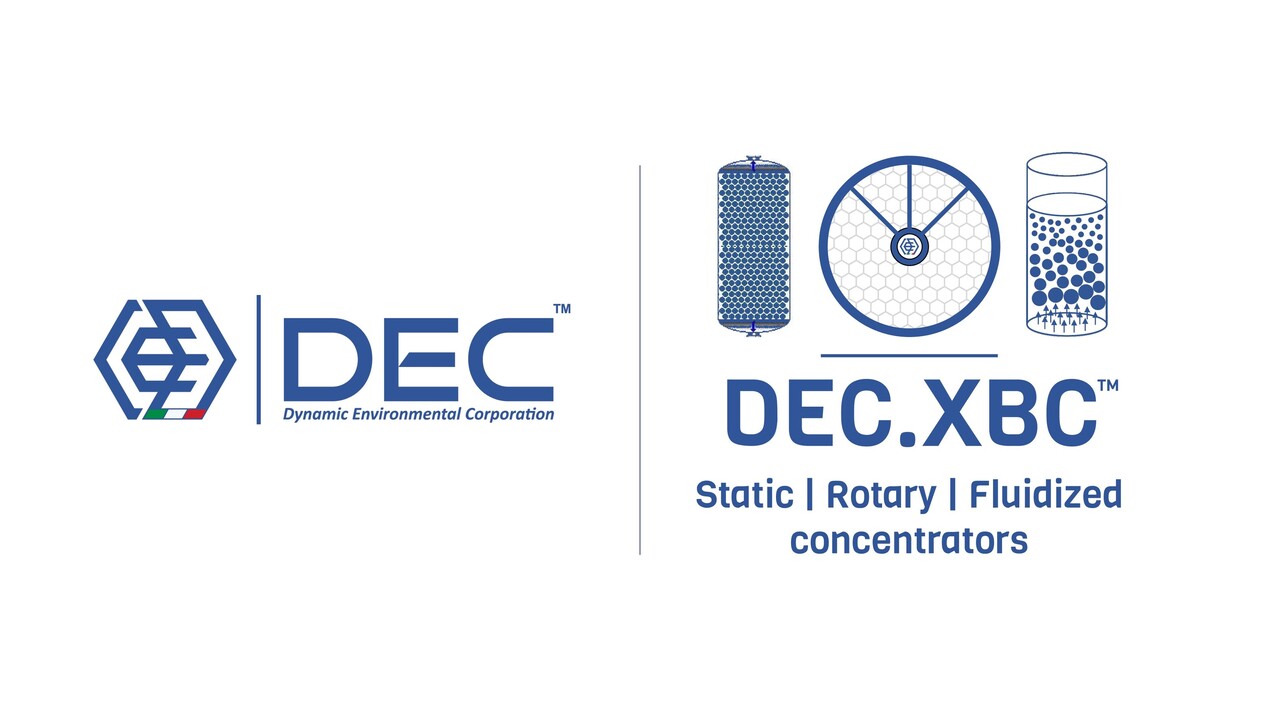
static | rotary | fluidized bed VOC concentrators
DEC.XBC™
DEC.XBC™ VOC concentrators are a useful tool for reducing solvent emissions from industrial processes: these units are a type of air pollution control device that uses a static, rotary or fluidized bed to remove low concentrations of solvents from large volumes of air.
VOC concentrators are the ideal choice for low solvent concentrations: they are designed for situations where the concentration of solvents in the air is between 0,1 and 2,5 grams per cubic meter (g/m3).

DEC.XBC™ working principle
adsorption process: the concentrator uses vessels filled with an adsorbent material (activated carbon | zeolite | molecular sieves | polymer). As the polluted air (called Solvent Laden Air or SLA) flows through the vessel, the solvents stick to the adsorbent, leaving cleaner air behind. This clean air is then discharged or recirculated back into the process.
regeneration: when the adsorbent becomes saturated with solvents, a hot air regeneration process is used. This desorbs the captured solvents, concentrating them into a much smaller stream (10-30 times smaller than the original air stream).
further treatment: the concentrated solvent stream can then be efficiently treated in a separate VOC treatment system, such as a solvent recovery unit or a thermal oxidizer.
DEC.XBC™ benefits
Effective for treating large volumes of air, with low solvent concentrations;
Concentrates solvents for efficient further treatment;
Allows for efficient recovery or destruction of solvents, reducing CAPEX and OPEX of the final VOC treatment system.
DEC.XBC™ available configurations
VOC concentrators are available in different configurations, depending on the process conditions and deliverables:
DEC.SBC™ • Static Bed VOC concentrators
DEC.RBC™ • Rotary Bed VOC Concentrators
DEC.FBC™ • Fluidized Bed VOC Concentrators
DEC.XBC™ note
Despite their flexibility, DEC.XBC™ VOC concentrators shall not be considered as an alternative to LEL recirculation systems (DEC.LEL™).


